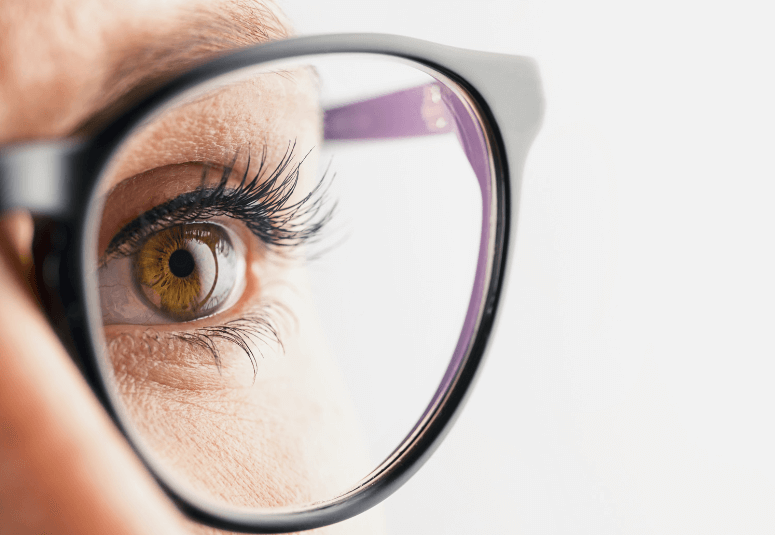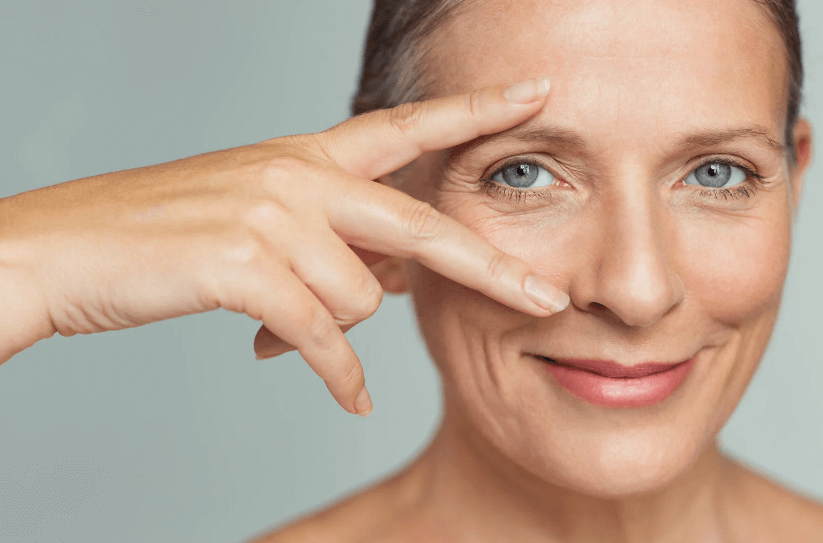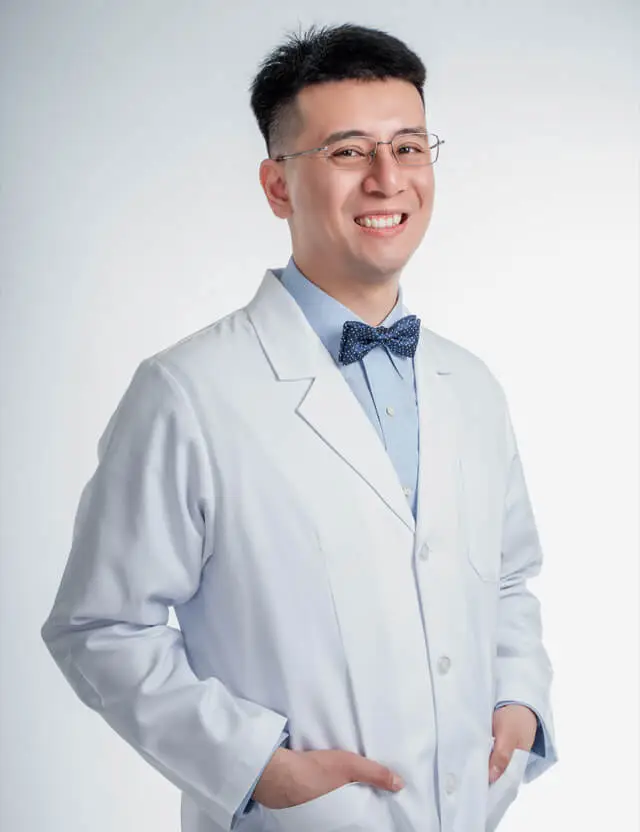As we age, our bodies undergo various changes, and one aspect that often experiences a noticeable decline is eyesight. Individuals aged 45 and above commonly face challenges like presbyopia, decreased visual acuity, and an increased risk of eye conditions. However, several remedies and practices can help preserve and even enhance eyesight. In this comprehensive guide, we will delve into the best strategies for maintaining optimal eyesight for those aged 45 and above.
Understanding Age-Related Vision Changes
Before exploring remedies, it’s crucial to understand the natural changes that occur in the eyes with age. The most common vision changes after the age of 45 include presbyopia, a condition where the eye’s lens loses flexibility, making it difficult to focus on close objects. Additionally, there is an increased risk of developing conditions such as cataracts, glaucoma, and age-related macular degeneration (AMD).
Regular Eye Exams
One of the fundamental steps in maintaining good eyesight is scheduling regular eye exams. Eye examinations can detect early signs of eye conditions and help in their timely management. Individuals aged 45 and above should aim for an eye check-up at least once a year, or as recommended by an eye care professional.
Proper Nutrition for Eye Health
A balanced diet plays a crucial role in maintaining eye health. Foods rich in antioxidants, vitamins, and minerals contribute to overall eye well-being. Some key nutrients for eye health include:
a. Vitamin A: Found in foods like carrots, sweet potatoes, and spinach, vitamin A is essential for maintaining the health of the cornea and promoting good vision.
b. Vitamin C: Citrus fruits, strawberries, and bell peppers are rich in vitamin C, which supports blood vessels in the eyes and helps prevent cataracts.
c. Vitamin E: Almonds, sunflower seeds, and spinach are excellent sources of vitamin E, known for their antioxidant properties that protect the eyes from oxidative damage.
d. Zinc: Found in meats, dairy products, and nuts, zinc contributes to the health of the retina and may help prevent age-related macular degeneration.
e. Omega-3 Fatty Acids: Fatty fish like salmon, walnuts, and flaxseeds are rich in omega-3 fatty acids, which support retinal function and may reduce the risk of AMD.
Adequate Hydration
Staying well-hydrated is crucial for maintaining overall health, including eye health. Dehydration can cause eye fatigue and dryness, leading to discomfort and potential damage to the cornea. Consuming an adequate amount of water daily supports tear production, which is essential for lubricating the eyes.
Protecting Eyes from UV Rays
Prolonged exposure to ultraviolet (UV) rays can contribute to the development of cataracts and other eye conditions. Wearing sunglasses that block UVA and UVB rays can protect the eyes from harmful sunlight. Additionally, wearing wide-brimmed hats can provide added protection.

Computer and Digital Screen Use
In today’s digital age, prolonged use of computers and digital screens is common. This can lead to digital eye strain, characterized by symptoms like dry eyes, headaches, and blurred vision. To mitigate these effects, follow the 20-20-20 rule: take a 20-second break to look at something 20 feet away every 20 minutes. Adjusting screen brightness and using anti-glare filters can also help reduce eye strain.
Quitting Smoking
Smoking has been linked to an increased risk of cataracts, macular degeneration, and damage to the optic nerve. Quitting smoking not only benefits overall health but also plays a significant role in preserving eyesight.
Adequate Lighting
Proper lighting is essential, especially for individuals over 45 who may experience difficulty focusing on close objects. Ensure that your home and workspace are well-lit to reduce eye strain. Use task lighting when reading or working on detailed tasks to enhance visibility.
Regular Exercise
Engaging in regular physical activity is beneficial for overall health, and it also promotes good circulation, including blood flow to the eyes. Exercise can help prevent conditions like glaucoma by regulating intraocular pressure.
Managing Chronic Conditions
Individuals with conditions such as diabetes or hypertension need to manage these conditions effectively to prevent associated eye complications. Regular medical check-ups and adherence to prescribed medications contribute to overall health and eye well-being.
Adequate Sleep
Quality sleep is crucial for overall health and plays a significant role in maintaining eye health. Lack of sleep can lead to eye fatigue, dryness, and irritation. Aim for 7-8 hours of quality sleep each night to support optimal eye function.
Eye Exercises You Can Do
Just as physical exercise is vital for maintaining overall health, specific exercises can help keep your eyes in shape. Eye exercises can improve focus, reduce eye strain, and enhance flexibility. Some simple exercises include:
- Palming: Rub your hands together to generate warmth, then gently cup your palms over your closed eyes without applying pressure. Relax in this darkness for a few minutes, allowing your eyes to rest and rejuvenate.
- Eye Rolling: Slowly roll your eyes in a clockwise and then counterclockwise direction. This helps improve flexibility and reduces eye strain.
- Focusing: Hold a pen at arm’s length and focus on the tip. Slowly bring the pen closer to your eyes while maintaining focus. Repeat this exercise to enhance your eye’s ability to adjust to different distances.
Cultivate a Positive Outlook
Believe it or not, your mental attitude can influence your physical health, including your eyesight. Cultivating a positive outlook, managing stress effectively, and embracing a healthy lifestyle can contribute to overall well-being, potentially benefiting your eyes.
Conclusion
As we navigate the challenges of aging, proactive and holistic approaches to eye care become increasingly important. By combining regular eye check-ups, a nutrient-rich diet, lifestyle modifications, and targeted exercises, individuals aged 45 and above can enhance and preserve their eyesight. Remember, the journey to maintaining clear vision is a multifaceted one, and by incorporating these remedies into your daily life, you’re investing in the longevity and quality of your visual experience.




